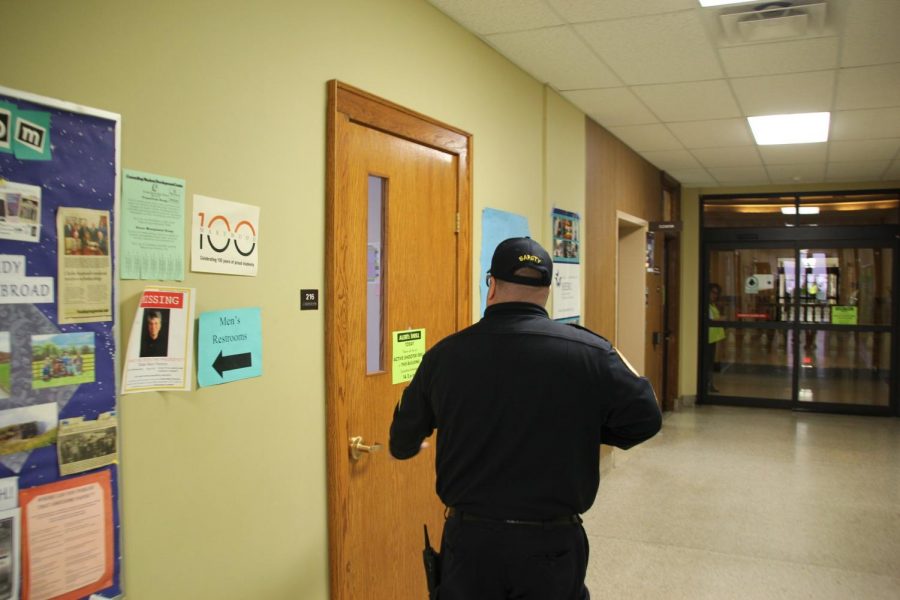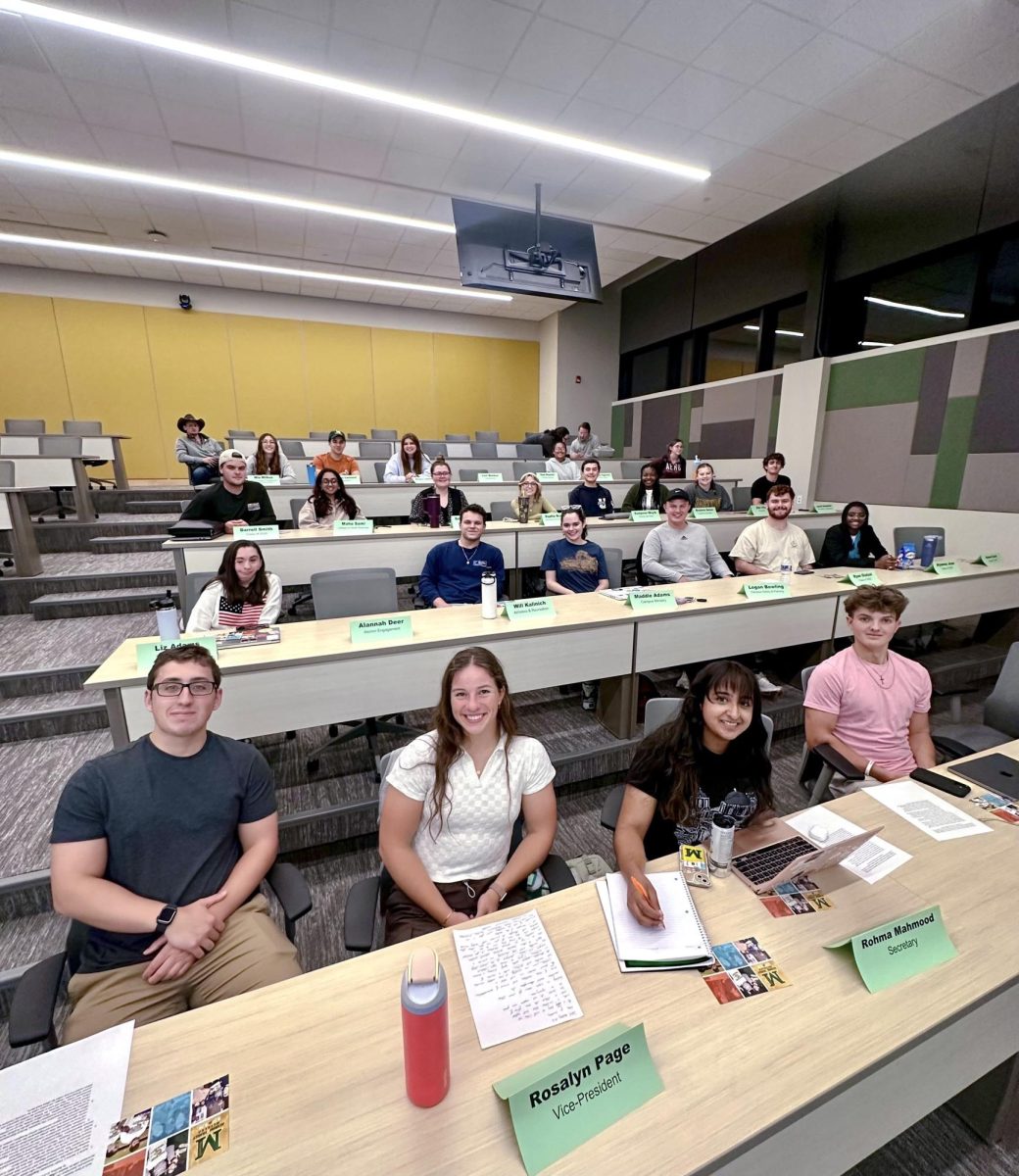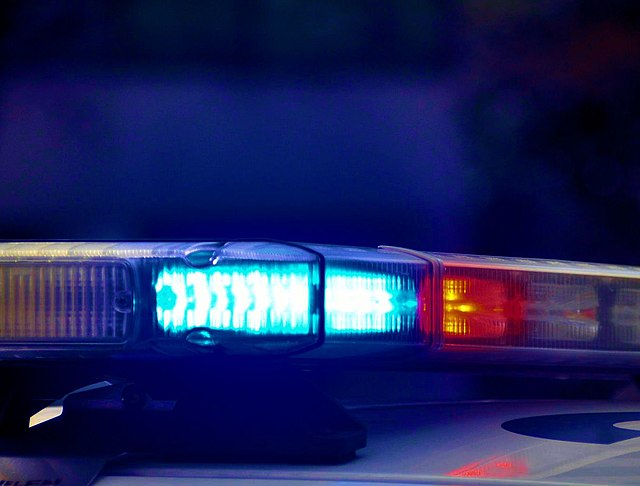Marywood faculty members had mixed responses to Marywood’s recent campus-wide active shooter drill on April 25.
Leading up to the drill, Chief of Campus Safety Mike Pasqualicchio sent emails informing students, faculty and staff about the drill with an attached video demonstrating what to do in an active shooter situation.
Associate Professor of Nutrition and Dietetics Dr. Diane DellaValle held class that day in the O’Neill Center for Healthy Families. She said the emails leading up to the drill were not clear.
“I was confused about what we had to do if we were not located in the LAC, so I emailed the director of Campus Safety,” said DellaValle. “I thought the video was wonderful, but the emails we received were maybe confusing.”
Pasqualicchio responded to DellaValle’s email instructing her that in a real-life scenario, if she was not in the same building as the active shooter, she should shelter in place with the door locked and the lights off. However, because it was a drill, Pasqualicchio instructed her to just close the classroom door and lock it if possible.
Associate Professor of Art John Meza held class in the Shields Center for Visual Arts. He said students in his class were confused as to whether they had to participate in the drill.
“My students seemed to have mixed messages on whether the students outside the LAC were to participate in the drill,” said Meza. “I think the students, staff and faculty would have benefited from a clearer set of instructions for the people on campus who were not participating in the drill in the LAC.”
At 1:16 p.m., Marywood sent an E2Campus text alert notifying members that the drill had begun. During the drill, DellaValle said her class used the time to discuss what to do if the scenario was real.
“We talked about the video during that time and ways to get out of the building in the case of any emergency, as our building has multiple exits they were not aware of,” DellaValle said. “We also discussed several hiding places in the area, as described in the video.”
Assistant Professor of Nutrition and Dietetics Jessica Bodzio held class in the O’Neill Center for Healthy Families during the drill. She said her class practiced what to do in the event that the scenario was real.
“Once we received the notification of the drill, we closed the two doors in our room, turned the lights off, moved to the front of the classroom where we would not be seen through the windows of the doors and huddled there together,” said Bodzio. “Once we were notified all was safe and the drill was over, we resumed class.”
Associate Professor of English Dr. Helen Bittel held class in the LAC that day. She said because of her lack of experience with active shooter drills, she wasn’t sure what to do.
“We didn’t have these drills when I was growing up so it was definitely a new experience for me,” said Bittel. “I was fortunate enough to have a returning student with military experience [in the class] to offer his service to help guide us through the procedure.”
Eight minutes later, a follow-up E2Campus alert announced the drill had concluded.
Associate Professor of Music Education Dr. David Romines held class in the Sette LaVerghetta Center for Performing Arts. He said he believed the drill was successful and hopes Campus Safety continues holding them.
“I feel Campus Safety did a great job of educating the campus on what to expect and what to do,” said Romines. “They should continue on with periodical updates and reminders regarding procedures.”
Bodzio said she thinks the drill was an important lesson in how to manage the panic that may ensue in a real-life scenario.
“I recognize how important it is to manage the sense of panic in stressful situations,” said Bodzio. “I think reviewing instructions about what actions to take and then practicing those actions are the best ways to prepare for stressful situations such as this one.”
Associate Professor of Art Peter Hoffer held class in the Shields Center for Visual Arts during the drill. He said he feels more confident about how to respond to a real-life scenario and would like to see more follow-up activities to the drill.
“Every department in a meeting should review this to make sure everyone is on the same page and clear about appropriate individual responses,” said Hoffer.
Meza shared a similar sentiment. He said that although he would like to think he would know what to do in a real-life scenario, he said there needs to be more communication about responses to a real-life situation.
“Perhaps some signs could be put up in the buildings reinforcing the emergency procedures just as a reminder,” said Meza.
However, Bittel said her confidence level in reacting to a real-life scenario would have less to do with training and more to do with her surroundings.
“I was in a classroom that could be locked from the inside, but there are a few classrooms on the first floor [of the LAC] that do not lock from the inside,” said Bittel. “If I was in one of those classrooms, I can’t say that I would feel safe if the scenario was real.”
Contact the writer: [email protected]
Twitter: @BrianaRyanTWW
















